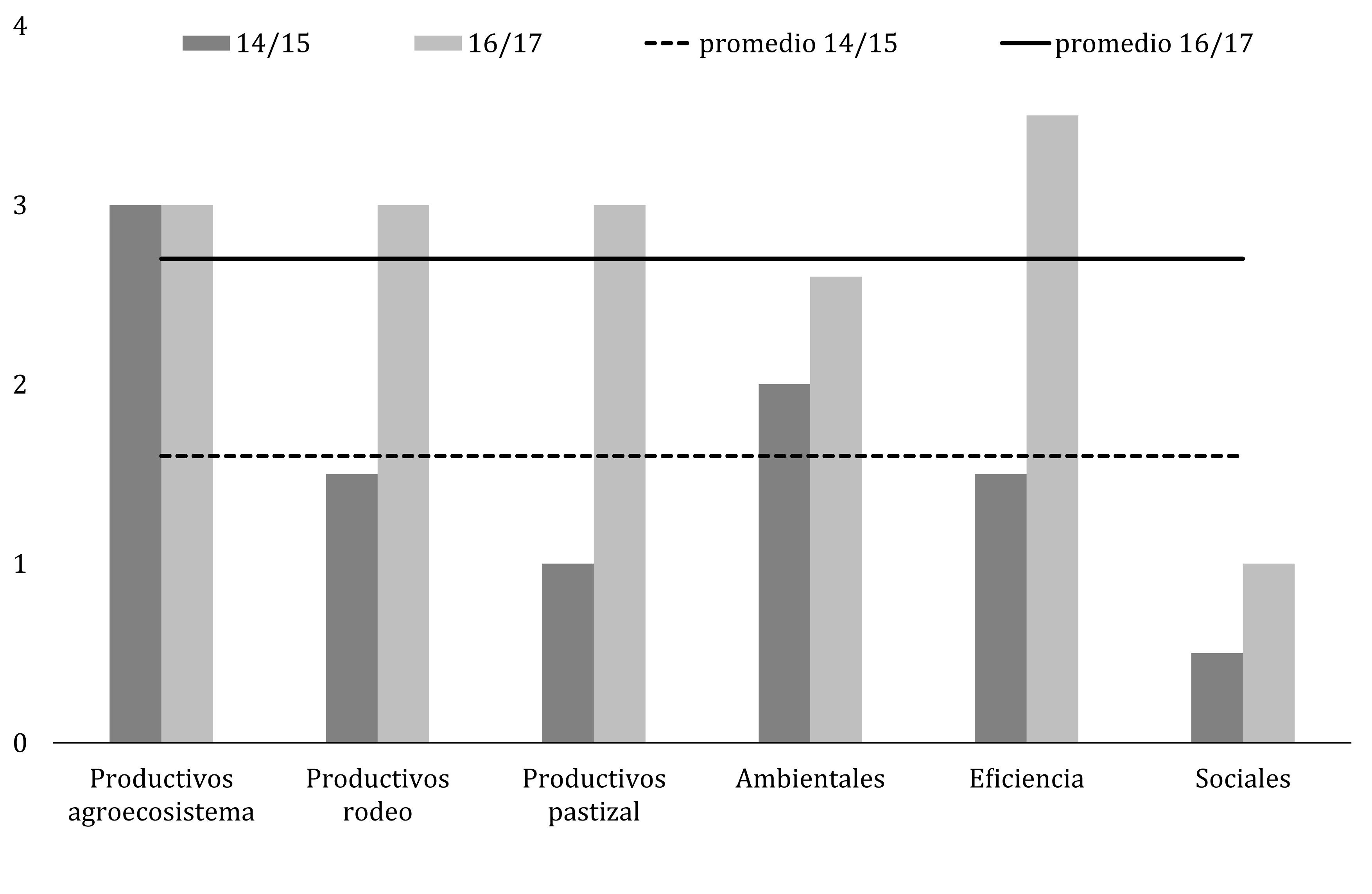Evaluation of the agroecological transition through indicators of a livestock establishment based on native grasslands of the Salado basin
Keywords:
Agroecology, Wet pampa, Multicriteria analysisAbstract
There are very few documented experiences of agroecological management in extensive systems of temperate zones, particularly those that utilize native grasslands. Therefore, we evaluate the feasibility of the transition from conventional to agroecological management of a farm operation based in the utilization of native grasslands, selecting and validating indicators to evaluate the trajectory of this transition. We used indicators easy to calculate, which showed sensitivity to the production changes. The results obtained in the third year of the agroecological reconversion showed that most of the indicators of the productive dimension (productivity of the natural grassland, forage species cover, state of the breeding herd), environmental dimension (land cover, species richness, decomposition rate of feces) and economic efficiency dimension (gross margin) substantially improved during the reconversion process. This result shows that there is not always a compromise between the preservation of natural capital and the economic benefits. The critical point to ensure the sustainability of these agroecosystems corresponds to the social dimension (land tenure, and the settling down and social relationships of the farmer).

Published
Issue
Section
License
Aquellos autores/as que tengan publicaciones con esta revista, aceptan las Políticas Editoriales.


